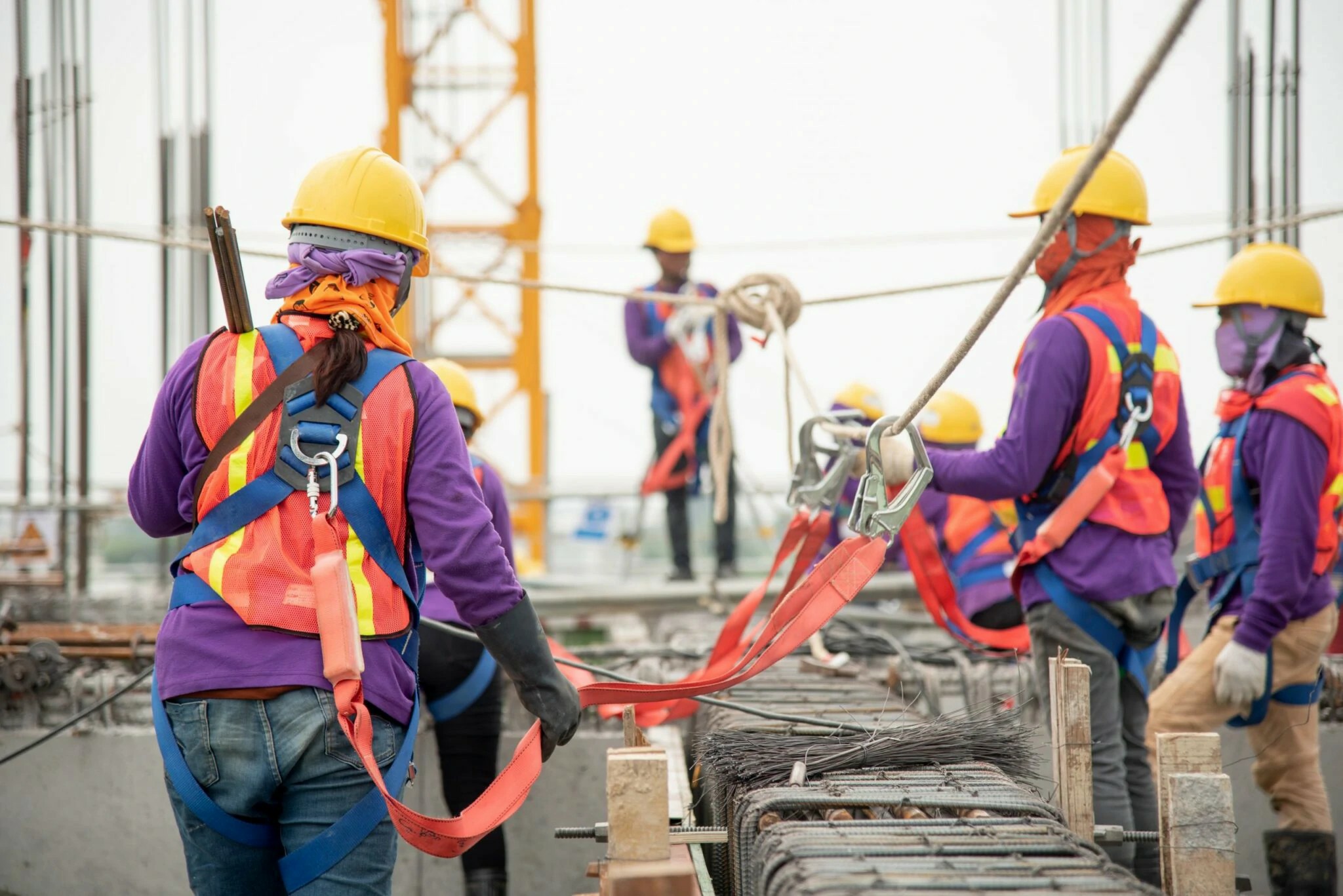


 349,500 Offered Certificates
349,500 Offered Certificates
 24/7 Online Training
24/7 Online Training
 Money Back Guarantee
Money Back Guarantee
 Fully Accredited Courses
Fully Accredited Courses

Created at: 22-02-2025 17:59
Working at heights is a critical aspect of many professions, and while the view from above can be spectacular, the risks associated with it are very real. Statistics show that falls from height are among the leading causes of workplace injuries and fatalities. Often, these accidents stem from common mistakes that can be traced back to inadequate training and oversight. In this blog, we will explore the most frequent errors made by workers when working at heights, the consequences of these mistakes, and how effective training can help mitigate them.
Every year, hundreds of workers suffer injuries while working at heights, and many of these incidents are preventable. Understanding the nature of risks involved in such tasks is crucial for employees and employers alike. These risks can result from poor equipment usage, inadequate risk assessments, and failure to follow established safety procedures. To highlight this, let's delve into the major mistakes often made.
One of the most prevalent mistakes is the improper use of equipment such as harnesses, ladders, and scaffolding. Workers may choose equipment that is not suited for the task at hand, or fail to inspect it before use.
Failing to conduct a thorough risk assessment before commencing work at heights can result in dire consequences. Risk assessments are essential for identifying potential dangers and implementing control measures.
Safety procedures are designed to protect workers, and ignoring these protocols can have catastrophic outcomes. Workers might skip using safety gear, ignore safety warnings, or fail to secure tools and materials.
The repercussions of the mistakes outlined above can be severe. Workers may suffer injuries that result in time off work, or even worse, permanent disability. Beyond personal harm, organizations face financial repercussions, legal liabilities, and damage to their reputation.
Effective Working at Heights Training is essential in equipping employees with the knowledge and skills necessary to mitigate risks. A thorough Working at Heights Course covers all aspects of safety, including:
Furthermore, training programs like the Working at Heights Safety Course provide hands-on experience, allowing participants to practice the correct procedures in a controlled environment. Online training options, such as the Working at Heights Online Course, are also available for those who may not be able to attend in-person sessions.
Organizations that invest in Certified Working at Heights Training often see a significant reduction in workplace accidents. For instance, a construction company based in Dublin revamped its training protocols, including a comprehensive working at heights training module. Within a year, the company reported a 30% decrease in falls and related injuries.
Similarly, a firm in Cork that implemented regular training sessions for its employees not only saw fewer accidents but also improved overall morale and productivity, as workers felt more confident in their safety.
In conclusion, while working at heights presents undeniable risks, the consequences of common mistakes can be drastically minimized through proper training and adherence to safety protocols. By prioritizing Working at Heights Certification, employers can ensure that their workers are prepared to face the challenges of their jobs safely. Investing in certified programs like those offered in Galway or Dublin leads to not just compliance, but a genuine culture of safety.
Don’t wait until an accident happens. Take proactive measures to protect your workforce by enrolling in a Working at Heights Course Online or attending a local workshop. For more information on available training options, contact us at [email protected] or visit a complete guide at Ireland Safety Training.